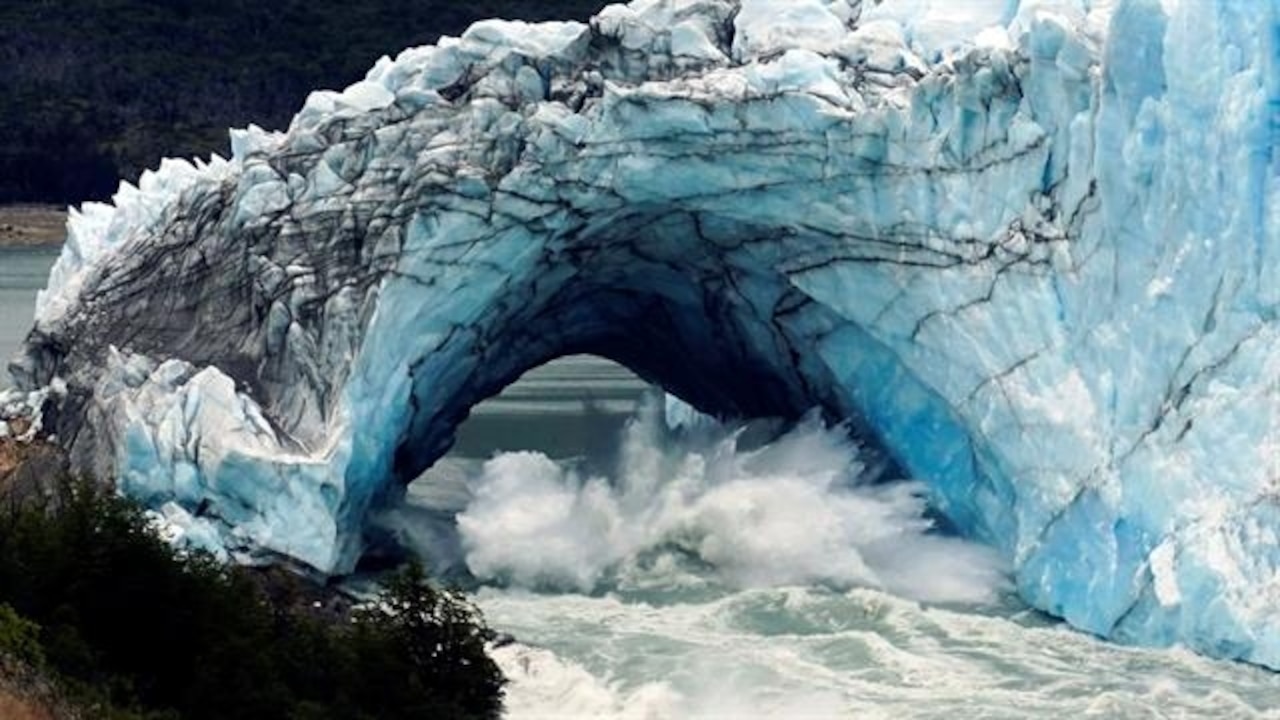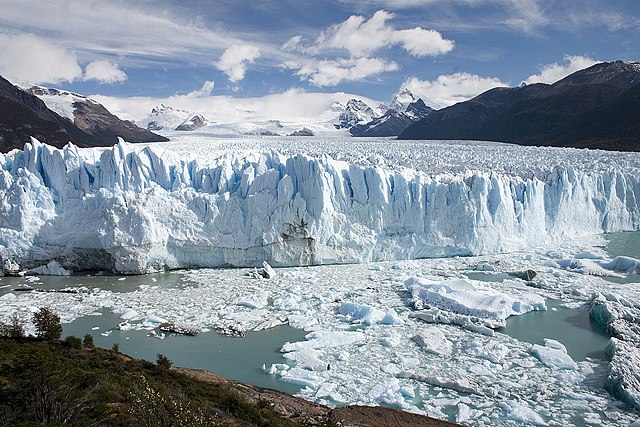1. Location
The Perito Moreno Glacier, located 78 kilometres (48 mi) from El Calafate, was named after the explorer Francisco Moreno, a pioneer who studied the region in the 19th century and played a major role in defending the territory of Argentina in the conflict surrounding the international border dispute with Chile.
The glacier is at South America.
1.1 Table example
Summary of mean annual, daily, and monthly ranges of meteorological data obtained between 1996 and 2020.
| Units | Mean | Daily range | Monthly range | |
|---|---|---|---|---|
| T | C | 6.71 | -7.01 to 19.29 | 0.12 — 11.96 |
| RH | % | 67.1 | 23.9 to 98 | 52.8 — 85.9 |
| Rs | W/m2 | 128 | 0 to 383.8 | 19.4 — 267.7 |
| U | m/s | 4.1 | 0 to 14.1 | 0.9 — 6.6 |
| Ud | deg | 257 | 0 to 346 | 247 — 264 |
| Pr | mm | 943 | 0 to 79.7 | 3.4 — 262.4 |
(Data from Climate and Surface Mass Balance at Glaciar Perito Moreno, Southern Patagonia, article)
1.2 Image example
There are beautiful images taken to the clacier and the ice bridge.

Bridge of the glacier over the lake.

Bridge of the glacier braking.

Map of SIR-C/X-SAR-der¡ved magnitude of ice velocity on the terminus of GPM.

Front view of the glacier from trail.
Southern Patagonian Ice Field
Is the world's second largest contiguous extrapolar ice field. It is the bigger of two remnant parts of the Patagonian Ice Sheet, which covered all of southern Chile during the last glacial period, locally called the Llanquihue glaciation.
Perito Moreno Glacier
